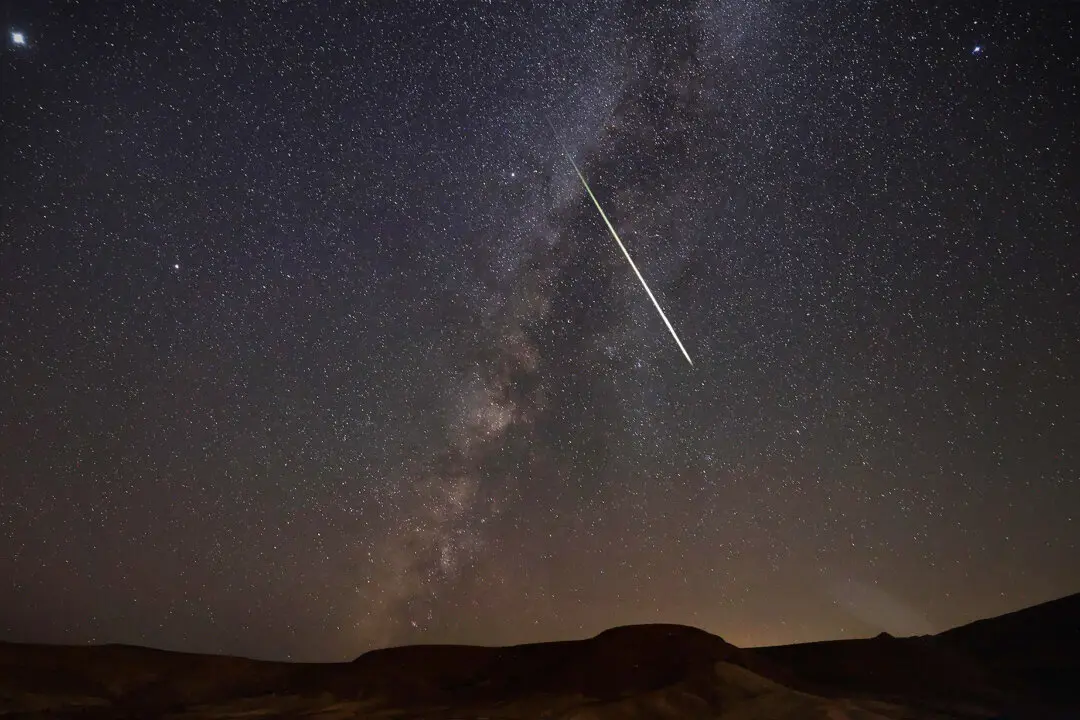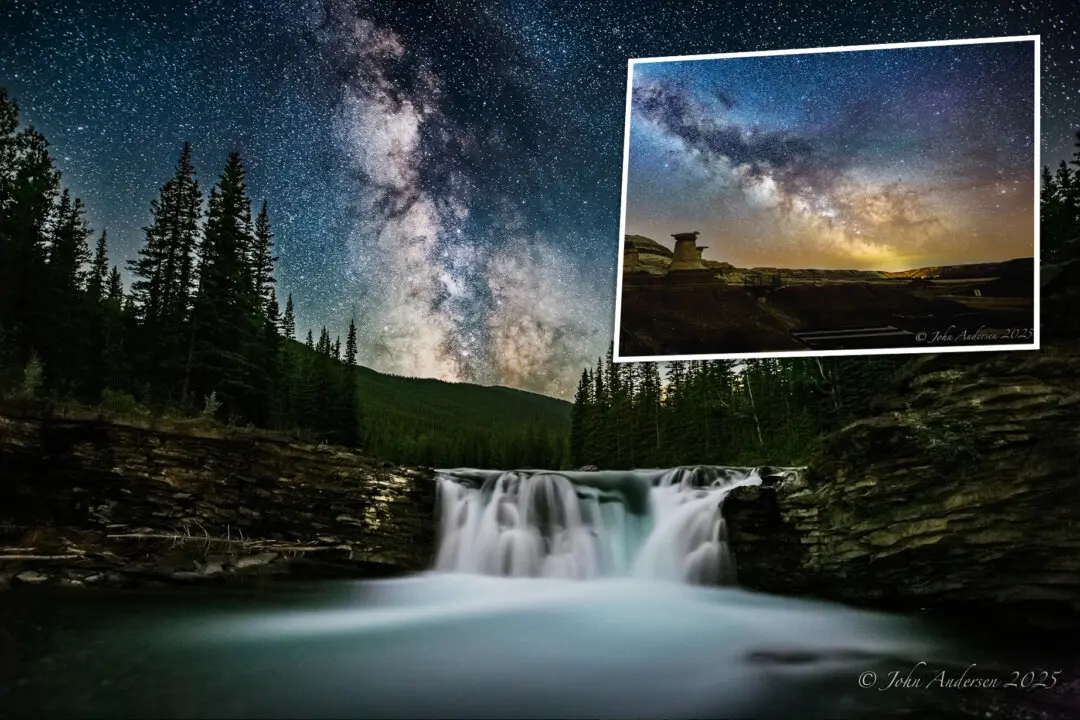The glow of sunset will paint the moon red next month as a total lunar eclipse creates a “Blood Moon,” just days before the vernal equinox marking the start of spring. During the event, the moon will pass through Earth’s shadow, darkening in colour as the eclipse reaches totality.
Totality is the maximum phase of a total lunar eclipse when the entire moon is in the darkest part of Earth’s shadow. This is called the umbra, while the part of the shadow that’s a little lighter is the penumbra.The lunar eclipse will fall on the night of March 13 and last until early morning on March 14. Observers in the Americas and Greenland will enjoy the best view, as the Western world gets to watch the entire eclipse unfold from start to finish. Hopefuls elsewhere—in Western Europe, Western Africa, Eastern Russia, Japan, Australia, and Antarctica—might only see some of it.





